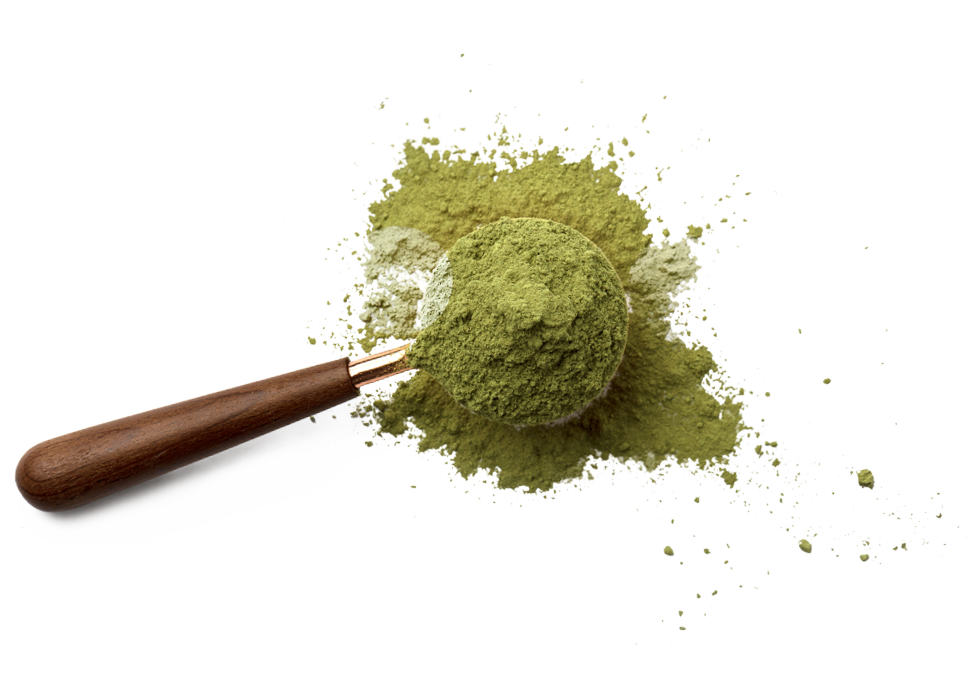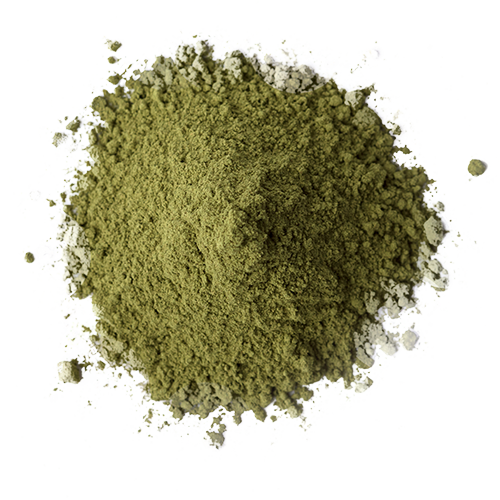Kratom Guide. Did you know....

The Origins of Kratom
Kratom has been used for thousands of years by Southeast Asian indigenous people to help maintain general well being. Kratom didn’t gain attention outside of southeast Asia until the early 1880s when it was documented by botanist Pieter Willem Korthals. Traditionally, kratom has been used by laborers and farmers in Thailand. As of 2018 the Thai government has decriminalized Kratom for medicinal use. Kratom is known by other names throughout South East Asia, “biak” or “ketum” in Malaysia, “Mambog” in the Philippines, and “krathom” in Thailand.
Today it is estimated that over 5 million Americans are “Kratom Enthusiasts”. Currently Kratom is legal in most U.S. states thanks to the continued activism of the kratom community.
In August 2016 the DEA moved to schedule Kratom through an “emergency scheduling procedure”. As a direct result of efforts made by the Kratom community, the American Kratom Association, and many politicians throughout the country, the intended scheduling by the DEA was halted and Kratom remains legal in the United States.
This is a testament to the importance this plant has in people’s lives and their willingness to fight for their civil and consumer rights. No other plant targeted by the DEA has ever escaped scheduling. This stands as the first example of the DEA retracting their intention to schedule a plant or compound of any kind in the 40 year history of the organization.
Traditional Kava Kava Recipe
Here are our recommended steps to make an excellent batch of kava.
All you need is a mesh strainer, and a couple bowls.
- For one part kava, use three to four parts water.
- Pour water that is warm to the touch (not hot) into a large bowl.
- Put the dry kava in a strainer bag and immerse the bag in water.
- Knead and squeeze the kava for about 10-15 minutes while applying a lot of pressure.
- Squeeze the kava as dry as possible before discarding the separated pulp.
- Enjoy your kava beverage!
